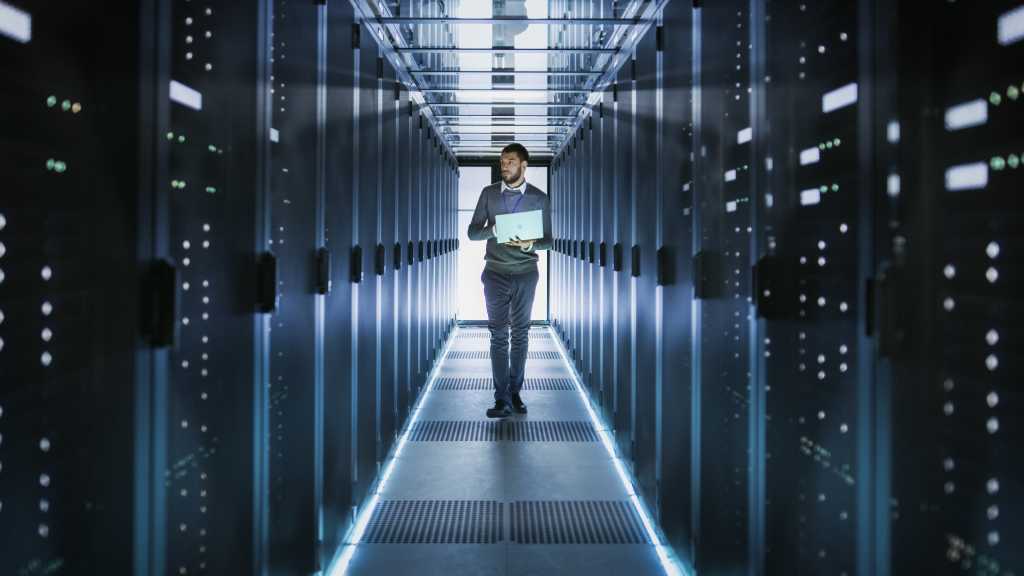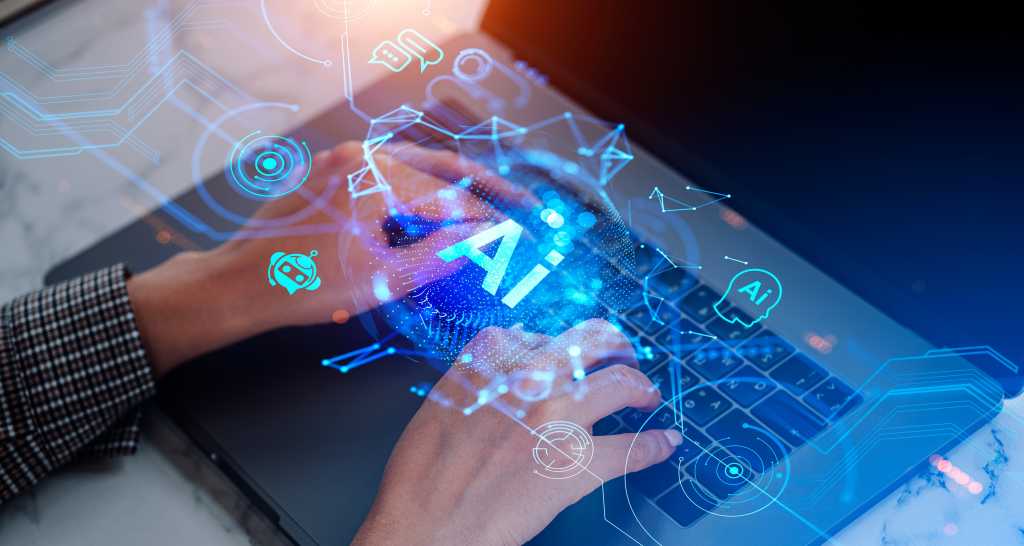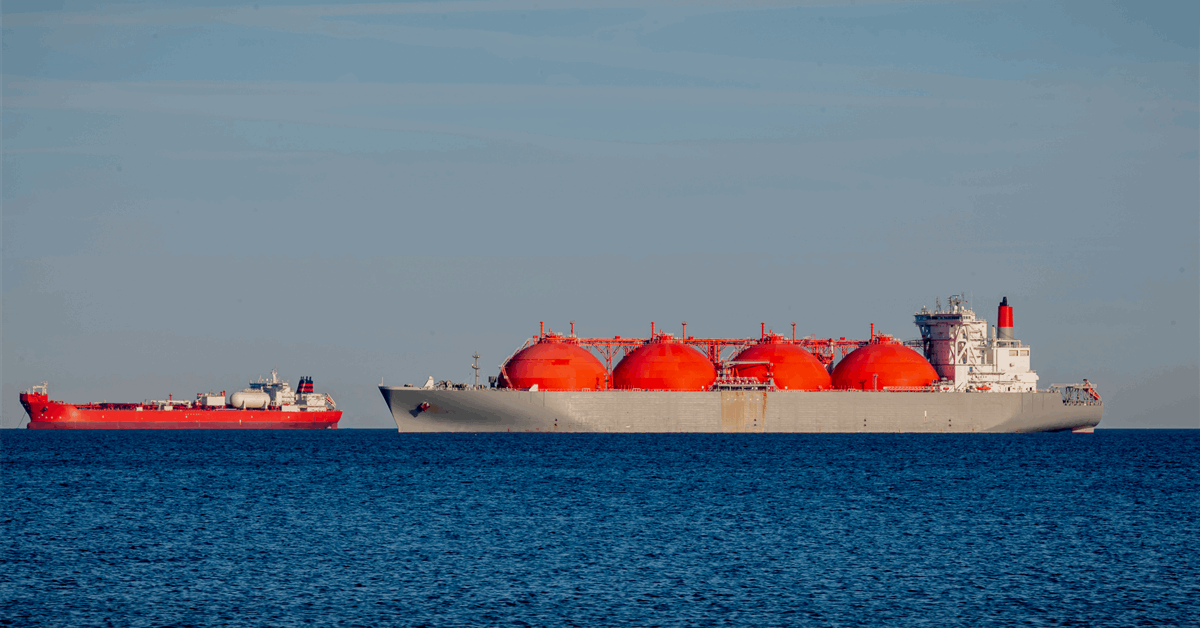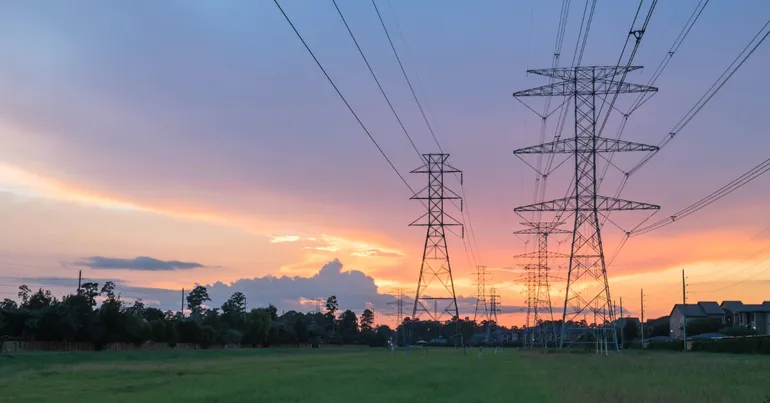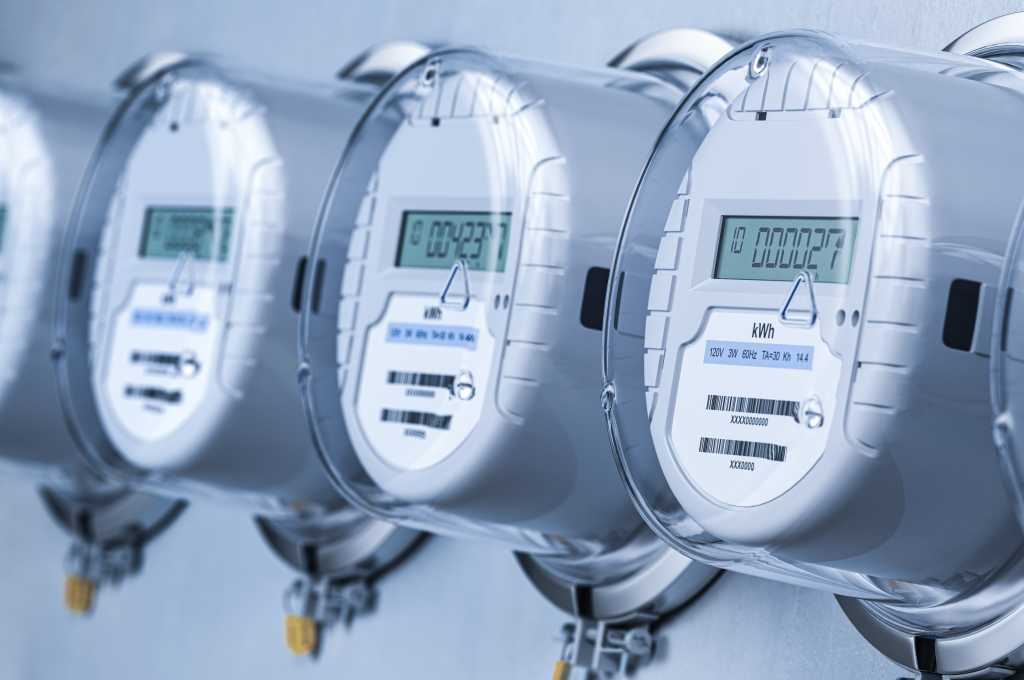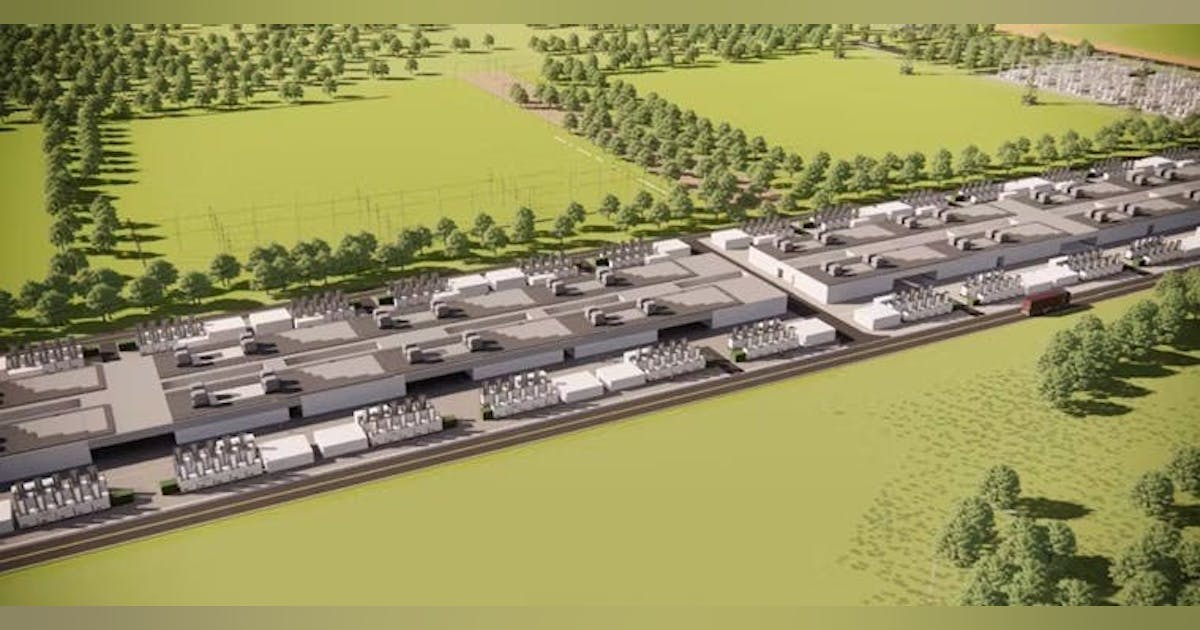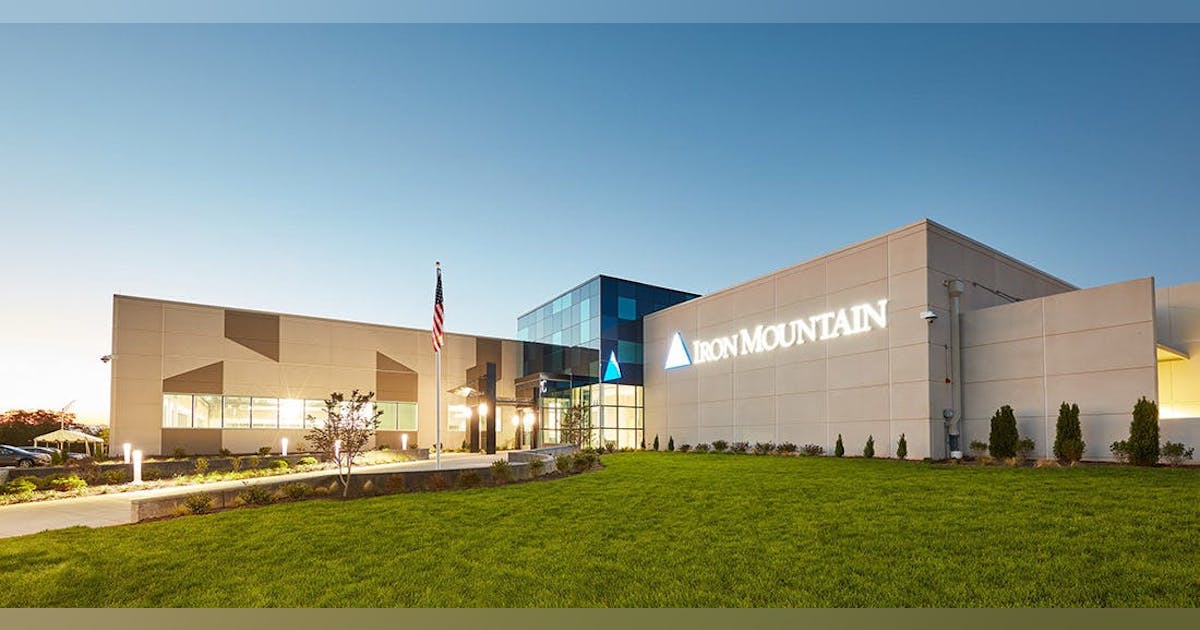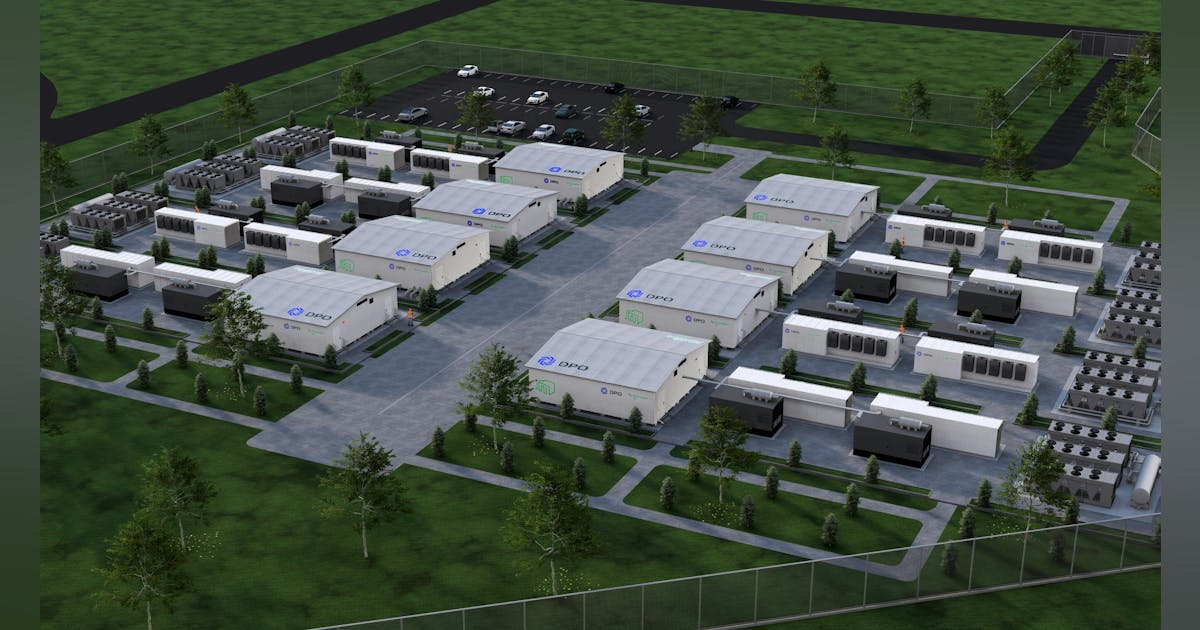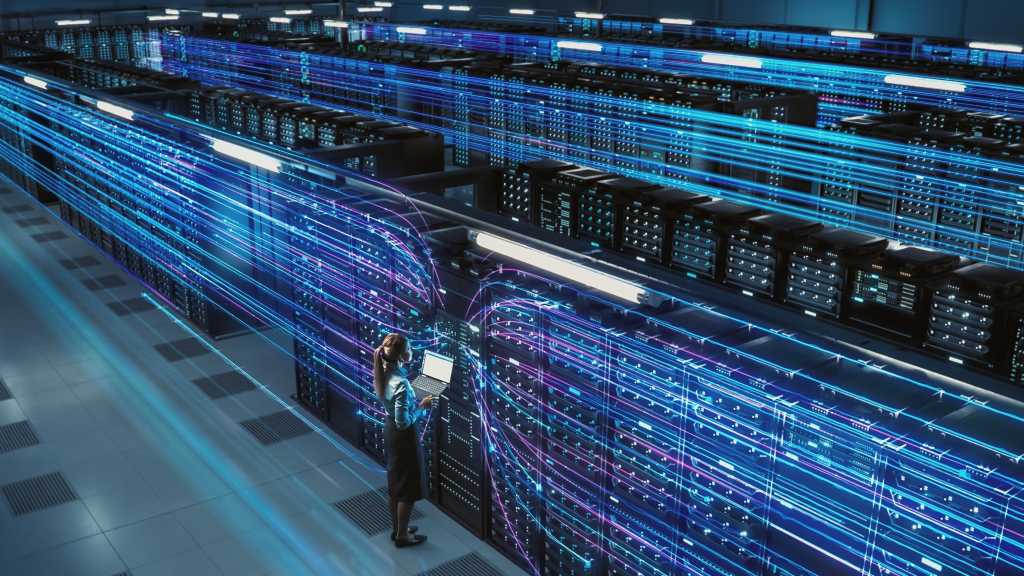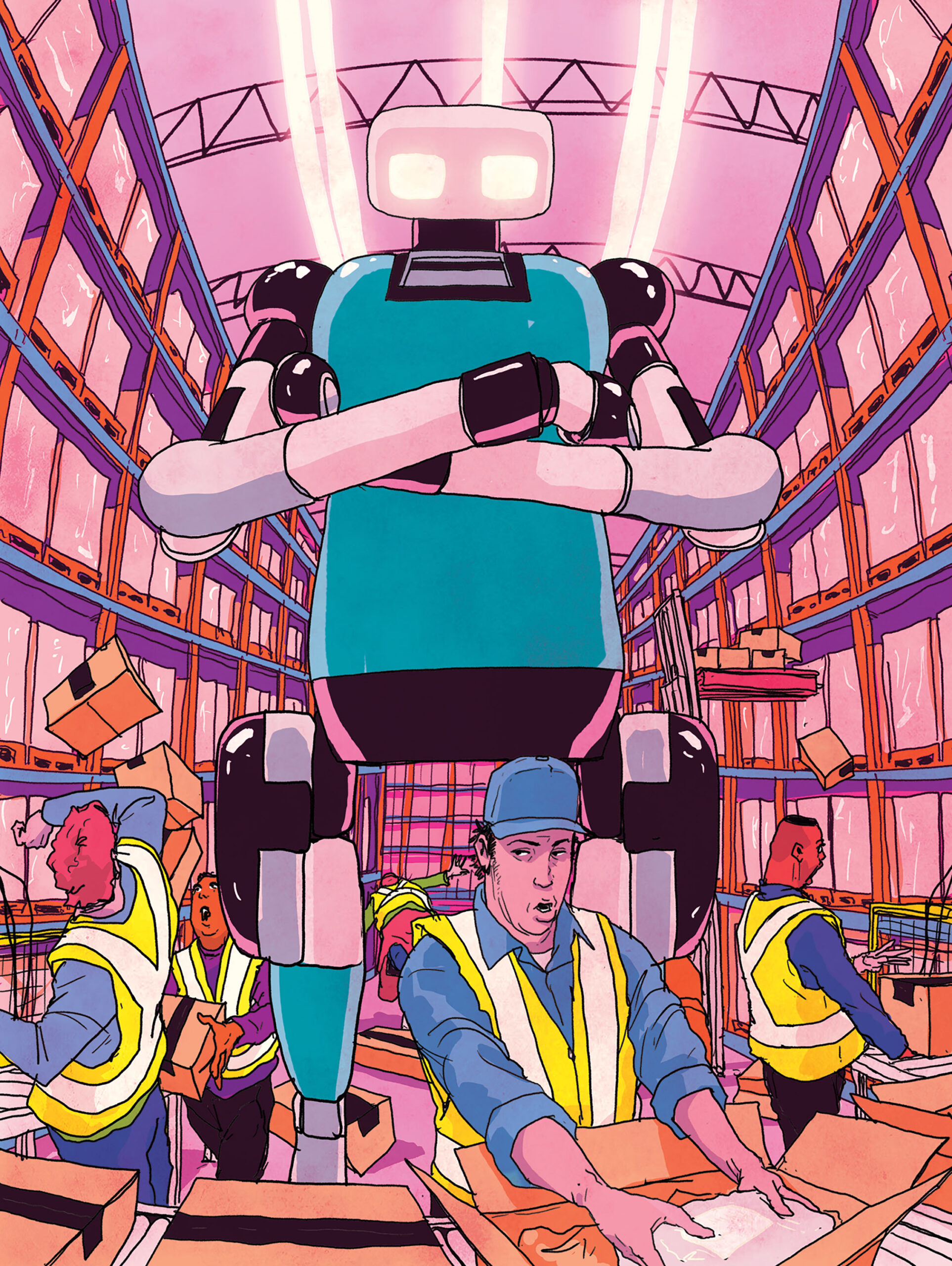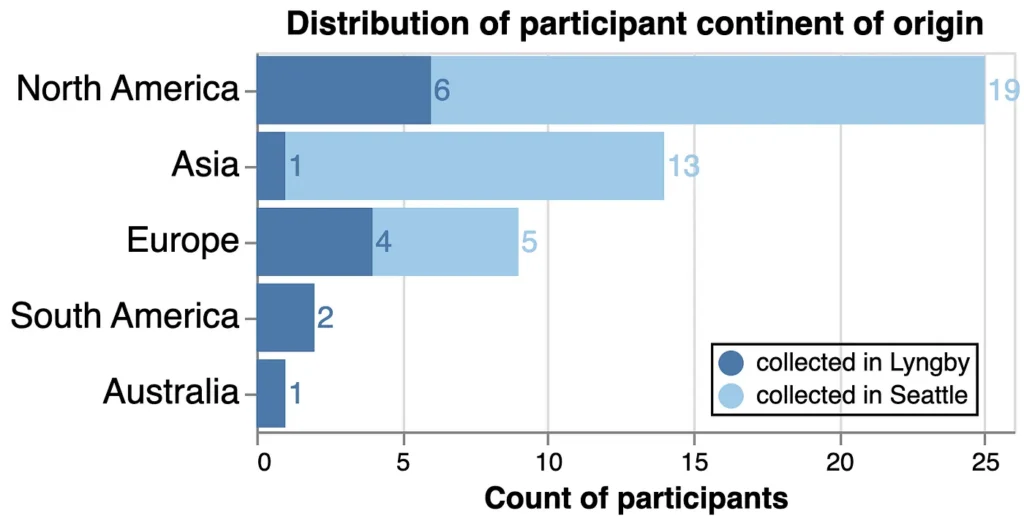
Saipem SpA has struck an agreement in principle on the key terms of a potential acquisition of Subsea7 SA, which would result in a combined company called Saipem7.
Subsea7 shareholders would receive 6.688 Saipem shares for each Subsea7 unit, a joint statement said Sunday. Subsea7, which trades on the Oslo stock exchange, had about 295.61 million shares outstanding as of year-end 2024, according to online company information.
The combined company’s share capital would be equally divided between the current shareholders of Italian state-backed Saipem and Luxembourg-registered Subsea7 assuming all the latter’s shareholders participate in the merger, the companies said.
The parties expect their combined company to have a backlog of EUR 43 billion ($45.2 billion), revenue of about EUR 20 billion and earnings before interest, taxes, depreciation and amortization (EBITDA) of over EUR 2 billion.
“The management of both Saipem and Subsea7 share the conviction that there is compelling logic in creating a global leader in energy services, particularly considering the growing size of clients’ projects”, the statement said.
Eni SpA and CDP Equity SpA, Saipem’s biggest shareholders, and Siem Industries SA, Subsea7’s reference shareholder, signed a memorandum of understanding to support the merger.
Expected to close in the second half of 2026, the transaction would result in Siem Industries owning 11.9 percent of Saipem7 and Eni and CDP Equity holding 10.6 percent and 6.4 percent respectively, according to the statement.
Siem Industries would have the right to designate Saipem7’s chair. Eni and CDP Equity would be entitled to assign the combined company’s chief executive, who is planned to be Alessandro Puliti, Saipem’s chief executive and general manager.
Saipem and Subsea7 have “highly complementary geographical footprints, competencies and capabilities, vessel fleets and technologies that will benefit the Combined Company’s global client base”, the statement said. According to Saipem, it operates in over 50 countries.
The resulting company will be structured into four business: Offshore Engineering and Construction, Onshore Engineering and Construction, Sustainable Infrastructures and Offshore Drilling.
Saipem7 would “offer a full spectrum of offshore and onshore services, from drilling, engineering and construction to life-of-field services and decommissioning, with an increased ability to optimize project schedules for clients in oil, gas, carbon capture and renewable energy”, the statement said.
The Offshore Engineering and Construction business is planned to be an operationally autonomous company called Subsea7, which would retain John Evans as chief executive.
To be based in London, the Offshore Engineering and Construction business would “comprise all of Subsea7’s business and the Asset Based Services business of Saipem, representing approximately 83 percent of the combined group’s EBITDA of the last 12 months as of 30 September 2024”, the statement said.
“In line with Saipem’s previous strategy, the Onshore Engineering & Construction will be run with a focus on reducing overall risk and maximizing profitability”, the statement said. “The Sustainable Infrastructures business will aim to consolidate its presence in the Italian market with potential expansion overseas. The Offshore Drilling division will seek to continue to maximize its EBITDA and cash flow”.
The statement said, “Annual synergies of approximately EUR 300 million are expected to be achieved in the third year after completion, with one-off costs to achieve such synergies of approximately EUR 270 million”.
Saipem7 would be listed in Milan, where it would be headquartered, and Oslo.
Subsea7 plans to distribute EUR 450 million in extraordinary dividends immediately before the completion of the merger.
“In 2026, if the Proposed Combination is not completed before the approval of the full year 2025 results of Saipem and Subsea7, the two companies could each distribute by way of dividends at least $300 million”, the statement said.
“Following completion of the Proposed Combination, the Combined Company is expected to distribute to shareholders at least 40 percent of Free Cash Flow after repayment of lease liabilities”.
Saipem and Subsea7 expect to enter into a merger agreement around mid-2025.
To contact the author, email [email protected]

